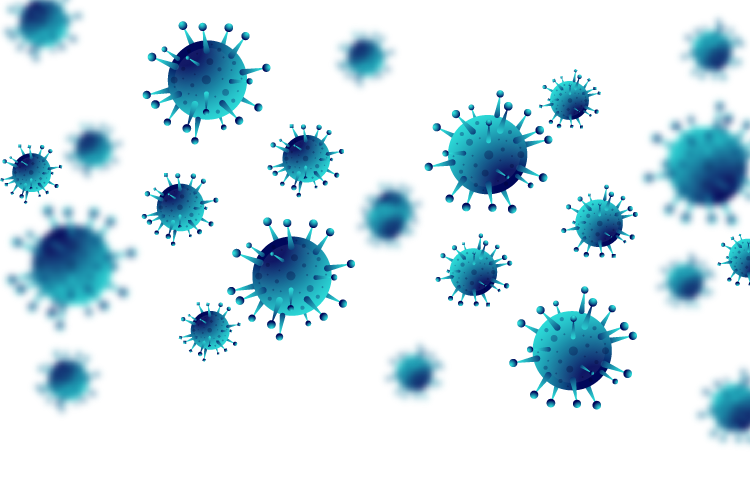
Lessons from the COVID-19 pandemic
Insight
What exactly is a virus?
A virus is a tiny biological particle that can infect other organisms. It needs to, as it is dependent on other living cells for its survival. Viruses rely on the protein production machinery of their host, to copy their genetic material and packaged into new virus particles.
We only became aware of the existence of viruses in the late nineteenth century, and the scientific consensus on the exact nature of this peculiar pathogen has changed several times since then. First considered a fluid, and later found to be particles, today, scientists place viruses in the gray zone between what we call "living" and "non-living" things. Unlike animals, plants, bacteria or fungi, viruses do not consist of cells and cannot reproduce without the help of another living organism. But they do carry genetic material and can profoundly affect the health and behavior of their host. Viruses do not only infect humans but also other animals, plants and even bacteria.
Coronaviruses: from the common cold to SARS
Coronaviruses were first detected in humans in the 1960s, when several researchers in the US and UK tried to isolate viruses that cause colds. Among other types of viruses, such as rhino- and adenoviruses, coronaviruses first appeared on the radar as causative agents of benign cold symptoms.
Coronaviruses themselves get their name from the by now universally known spike proteins on their surface, which appear to give the virus a crown or wreath. Currently, some 45 different types of coronaviruses have been described, all of them RNA viruses. They infect both mammals and birds.
In humans and birds, they cause respiratory infections, with symptoms ranging from mild, common colds, to very severe or even fatal in the case of SARS or severe acute respiratory syndrome. Coronaviruses also infect other animal species, where they, curiously, lead to very different symptoms. Cows and pigs, for example, get diarrhea.
The virus recovered in the lung fluid of a patient from Wuhan in those first days of 2020 was a clear match with other coronaviruses. Its genetic material was found to be almost 80% identical to the virus that previously caused SARS.
The new virus was tentatively named "2019 novel coronavirus" or 2019-nCoV for short, and later renamed as SARS-CoV-2.